
Canadian photographer and talented camera hacker/builder Malcolm-Jay Wilson has combined two of his recent camera builds into a new black-and-white digital camera with a waist-level viewfinder, and it’s fantastic.
Back in July, PetaPixel reported on Wilson’s project to convert a broken Yashica film camera into a compact Raspberry Pi-powered digital infrared point-and-shoot camera. The results were outstanding. The photos, despite the relatively small image sensor, looked excellent.
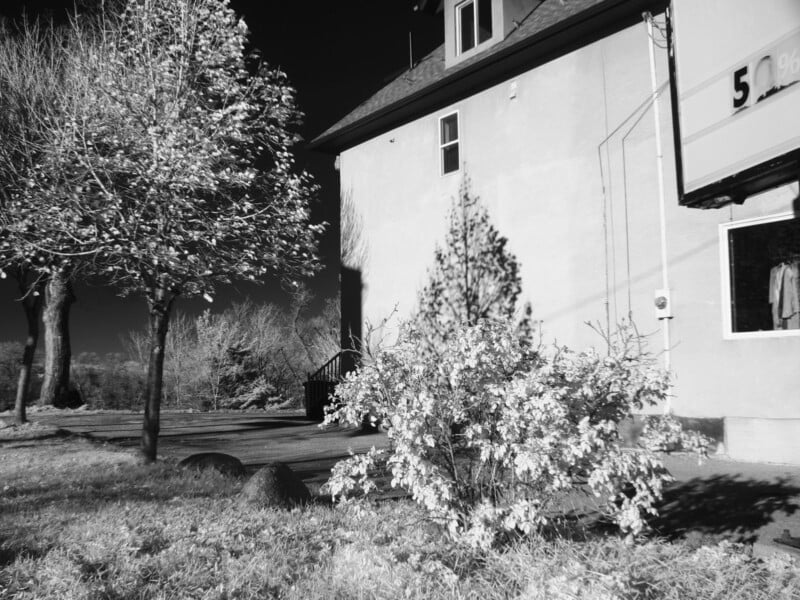
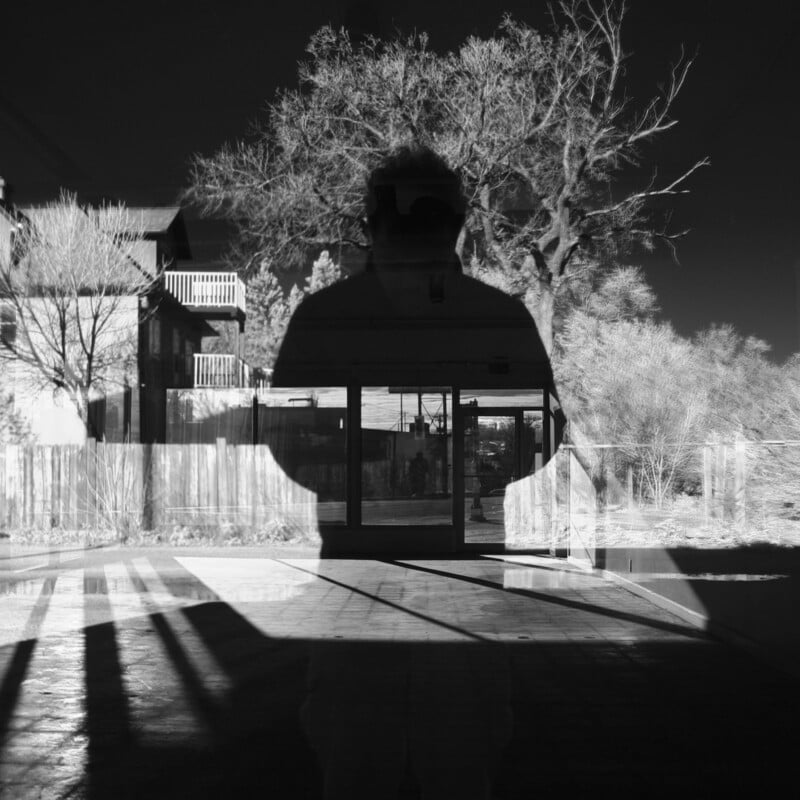
The following month, Wilson was back with another interesting project, this time combining a Mamiya C220 TLR viewfinder, a Raspberry Pi, a Sony Type 1 image sensor, and a 3D-printed body to create a waist-level viewfinder digital camera.
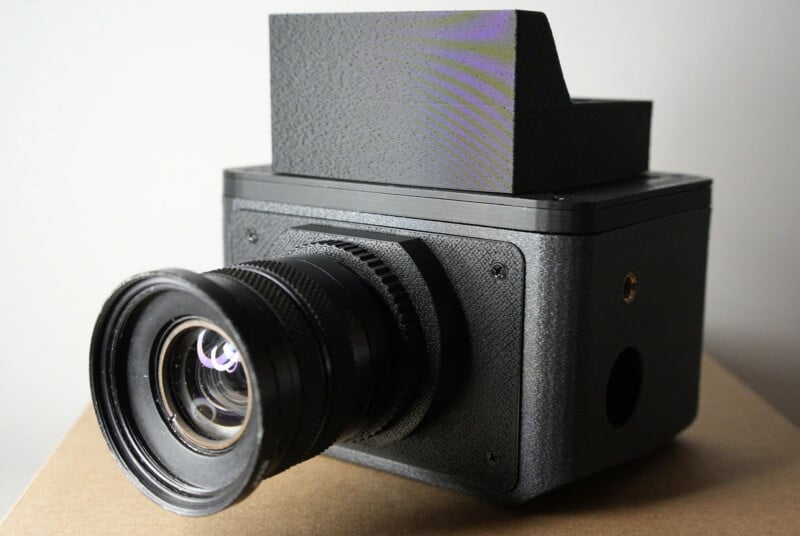
Since then, Wilson has been working diligently to combine these two projects into an easy-to-use monochrome waist-level viewfinder digital camera.
The new waist-level digital camera is powered by the Raspberry Pi 5 and features a full-spectrum monochrome image sensor. The sensor is a Sony IMX585, an 8.4-megapixel Type 1/1.2 CMOS sensor. The monochrome version, like Wilson uses, is a popular choice for amateur astrophotography applications, given its relatively large pixel size and high sensitivity.
As Wilson says, commercially available monochrome-specific digital cameras are pretty expensive, as are full-spectrum monochrome conversions for traditional color cameras. He wanted to build a more affordable alternative — his final kit costs around $1,000 and is “a lot of fun to build.”

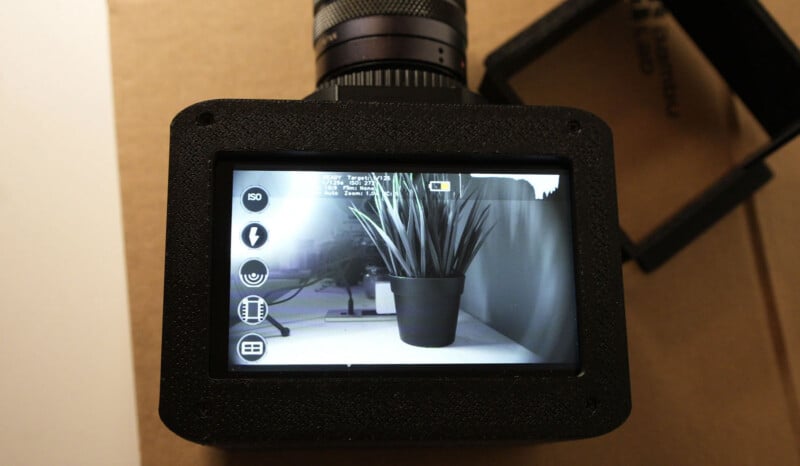
After making numerous refinements to his project, Malcolm-Jay is selling this fully built camera for $800. When it’s out of stock, it takes him about 4-6 weeks to build a new one. Each hand-built camera is modular and, as Wilson puts it, “hackable.”
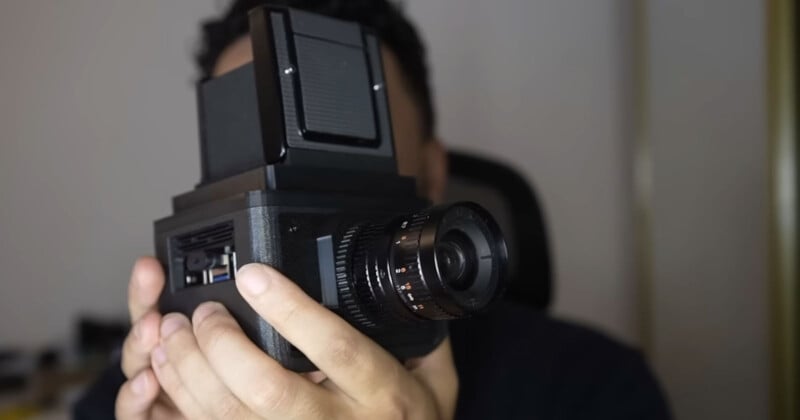
The camera has a 3D-printed body with an open, customizable layout, including a replaceable sensor module and mounting plates. It uses a standard C-mount lens system and is compatible with M42 lenses. It writes photos to an SD card slot or USB storage. The camera has a USB-C charging port, a large top display, a custom-built user interface, and Wilson even made custom film simulations for it. It does not come with a lens or batteries.

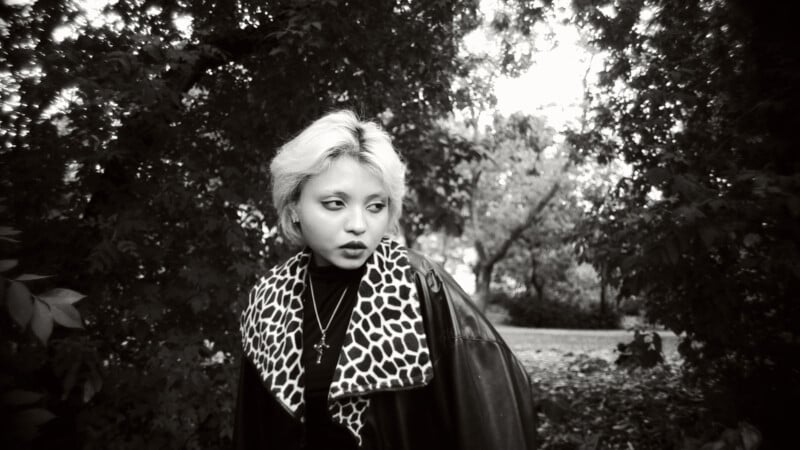
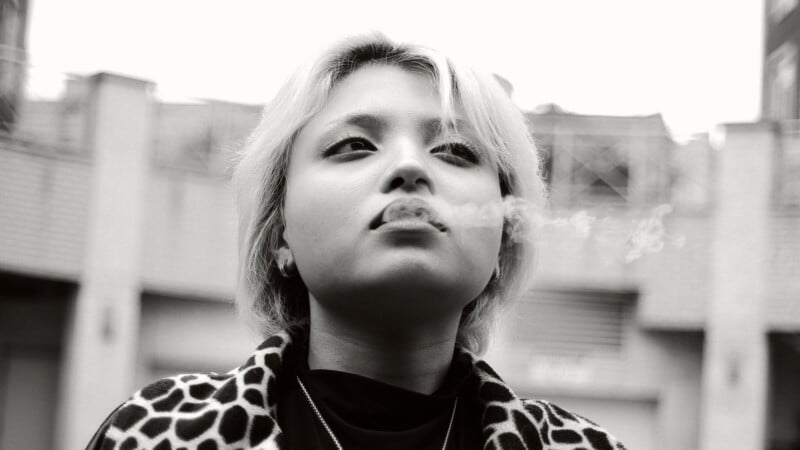
As for these custom film simulations, they emulate Delta 400, Ilford HP5, and Kodak Tri-X films.
“The biggest refinements I made were in the body design and user interface,” Wilson tells PetaPixel. “I decided that I didn’t want this to be a one-off glued together build and to design something that could be modular so that I could easily make enhancements in the future and to make it easy for someone to build themselves.”
The photographer continues, noting that by making his sensor plate and assembly modular, his new waist-level digital camera can do much more than take monochrome photos. He’s also gotten it working with the color version of the IMX585 and a Raspberry Pi HQ camera module, for example, but the possibilities go far beyond that.

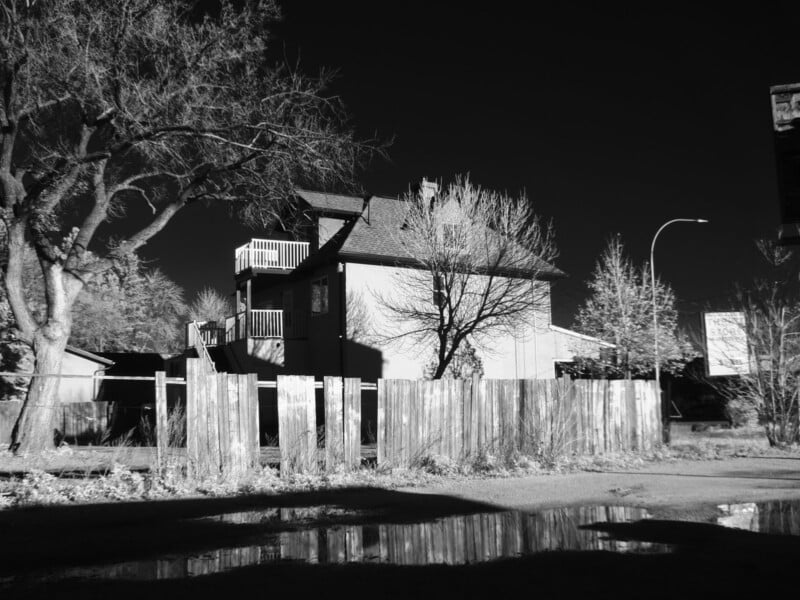
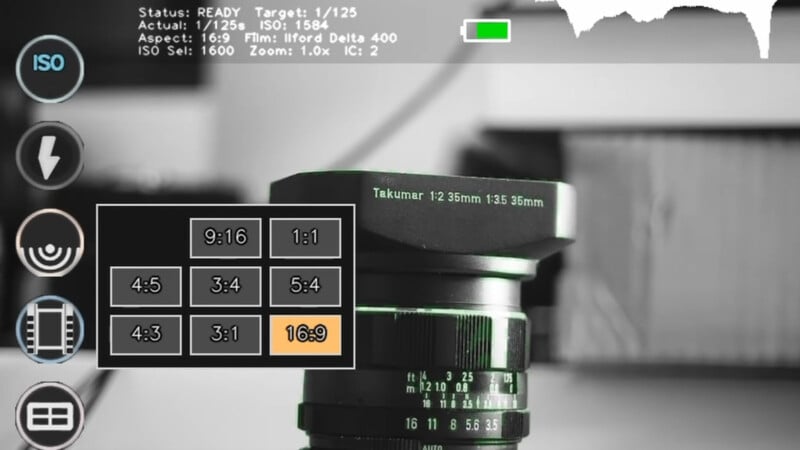

Other tweaks and refinements he’s made include a battery door, an upgraded 4-inch removable display that works with many different types of viewfinders, the lens mount (which was originally C-mount-only), and the user interface. During development, Wilson added selectable aspect ratios and more film simulations to his camera.
“Overall, I think the modular body approach went really well. I took dozens of different 3D prints and designs but it’s worked out well for making changes on the fly,” Wilson explains. “The biggest challenge I ran into was finding the right solution for the power supply. The pi 5 is more demanding from a power perspective so I had to find the right balance between portability and good battery life. By going with LG 18650 batteries and making tweaks to services running on the Pi, I’ve been able to get around two hours of battery life.”


While Wilson is proud of his fully assembled waist-level digital camera build and kit, he knows that for some, part of the fun is making the camera itself. Alongside his fully assembled kits for $800, he also sells just the digital files for $40, so photographers can print and build the camera themselves.
On December 14, Wilson is hosting an hour-long live online workshop where he will answer questions, walk through the build, and show viewers everything they need to know to get started building the kit themselves. The paid workshop includes the STL file pack, camera code, component recommendations, and the recorded version of the workshop to watch again later while actively building. Wilson’s paid Substack subscribers get access to the seminar and codes for free.
Image credits: Malcom-Jay Wilson (Substack)
